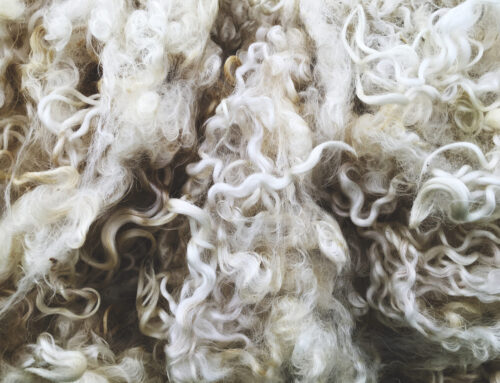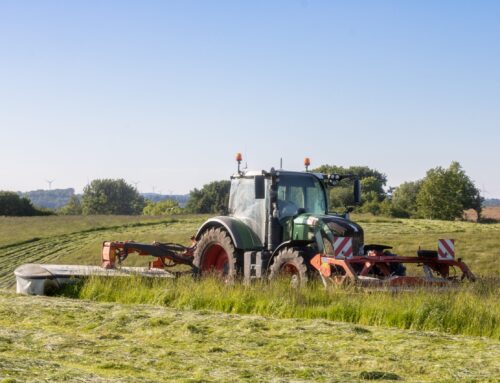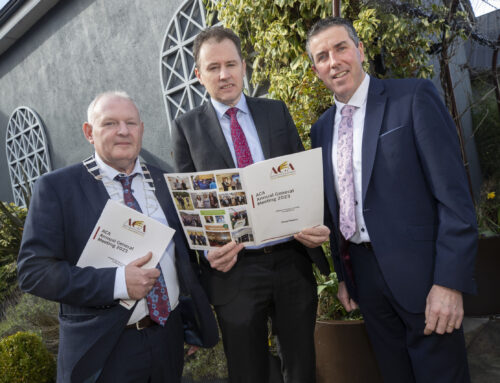John McHugh discusses changing his 200 cow expansion plan and moving into a lower stocking rate, smart grass dairy operation.
{Extract 1}
By 2015, he was milking 160 cows and he had facilities to go to 200 cows when quota went.
At that stage he had also become a monitor farm for Glanbia. As part of this, there was a 6 year plan and budget done up and it was from this that he started to question was he on the correct path for himself with expansion.
He said he felt like he was “on a treadmill having no option but to run quicker and expand just to stay in the one place.”
“I had invested a large amount to that point, but then would need further buildings such as a new calf house, when would it ever end?”
He asked himself “with having ever increasing amounts of debt will a situation arise, if any large shock hits the Irish dairy industry, that it will end up like the pig and poultry industries where the industry will actually own the farms and the farmer will work for them?”
Re-educate
He started to read some books especially on soil health. Most notably was a book by Frank Newman Turner from the 1950s.
From all this he decided to change track and to go down the organic route. Maybe it was not an easy route from what he perceived as the public opinion around it.
He noted that “sometimes organic farming is almost portrayed as lazy farming it’s almost been drilled into us to improve and to be a good farmer means all you grow is perennial Rye grass.”
“You’ve got your 18 to 21 day rotations and you push out as many tons of grass grazed to 4 centimetres as possible.”
{Extract 2}
John has introduced some multispecies swards to his farm and sees a lot of benefits to these not only for building carbon but also for nitrogen fixing.
He believes the cows seeks out variety as opposed to just wanting a constant diet of ryegrass.
As John farms in the midlands there is a drought risk but the deep roots of some of these species help break up the soil compaction and access nutrients and water from deeper in the ground.
Another large plus John sees in multispecies grasses, is the difference in heading out date. With the different heading dates of different grasses there is always quality in the sward.
He says “with multispecies grass, quality never declines as opposed to rye grass where it all heads out at roughly the same time and quality declines rapidly after that if you don’t cut or eat.”
He is passionate about multispecies swards and believes more trials should be done with zero nitrogen, phosphorous and potassium being spread as he believes these will perform as good as any rye grass receiving large amounts of artificial nitrogen.
These extracts are part of an article written by Karol Kissane titled ‘Zero Debt and Smart Grass’ that featured in the Nov/Dec issue. Contact us if you are interested in more.





